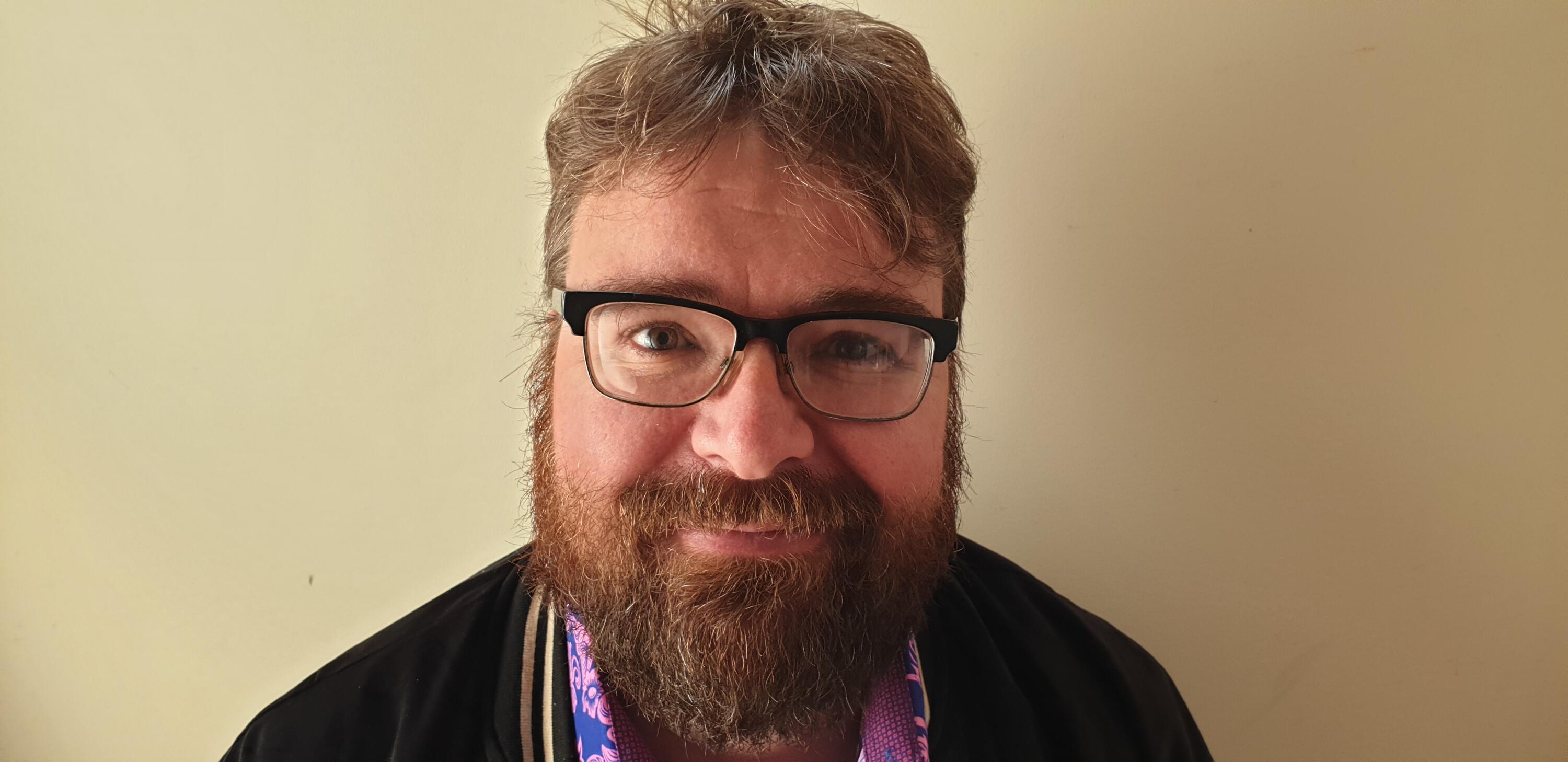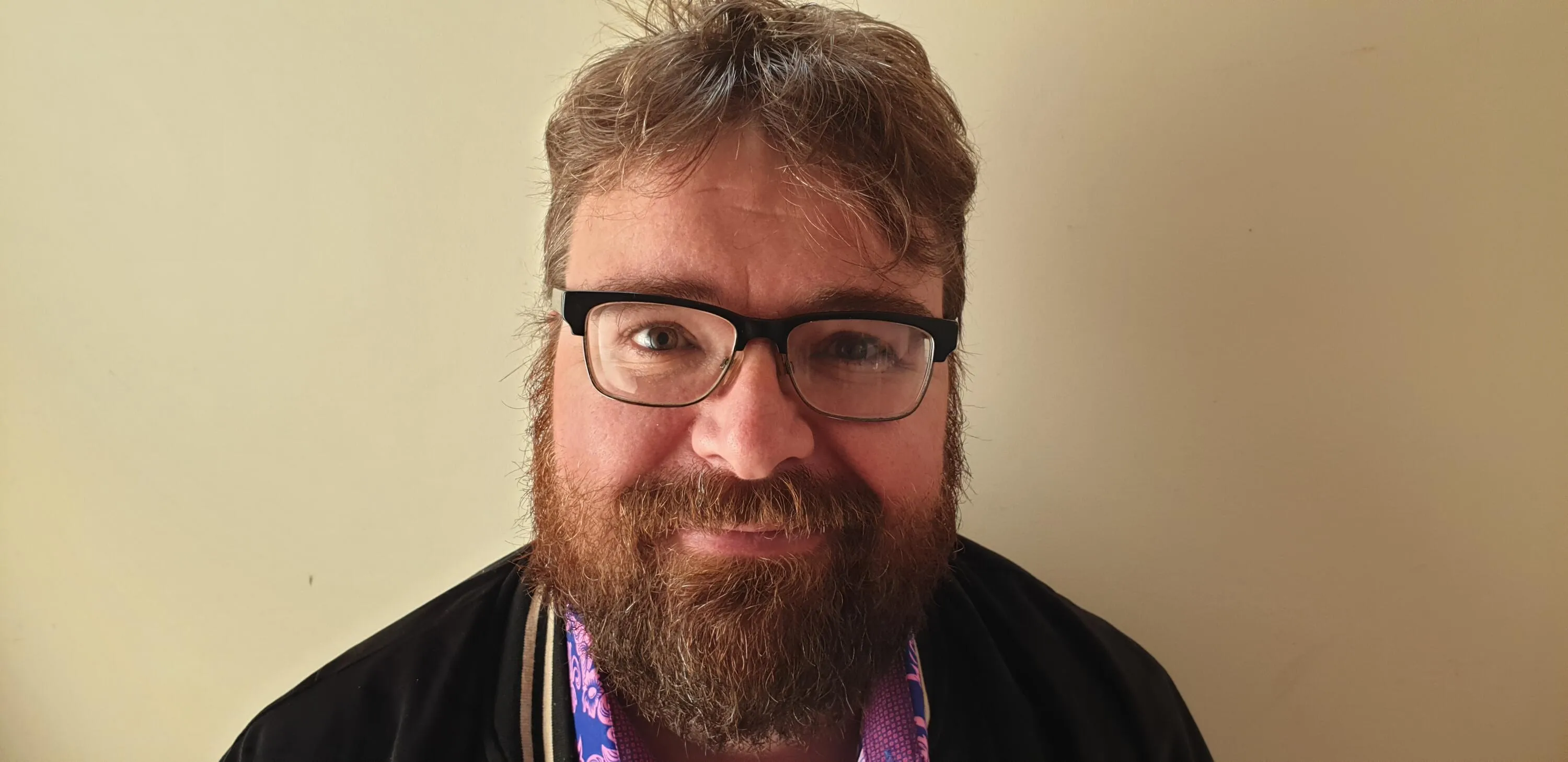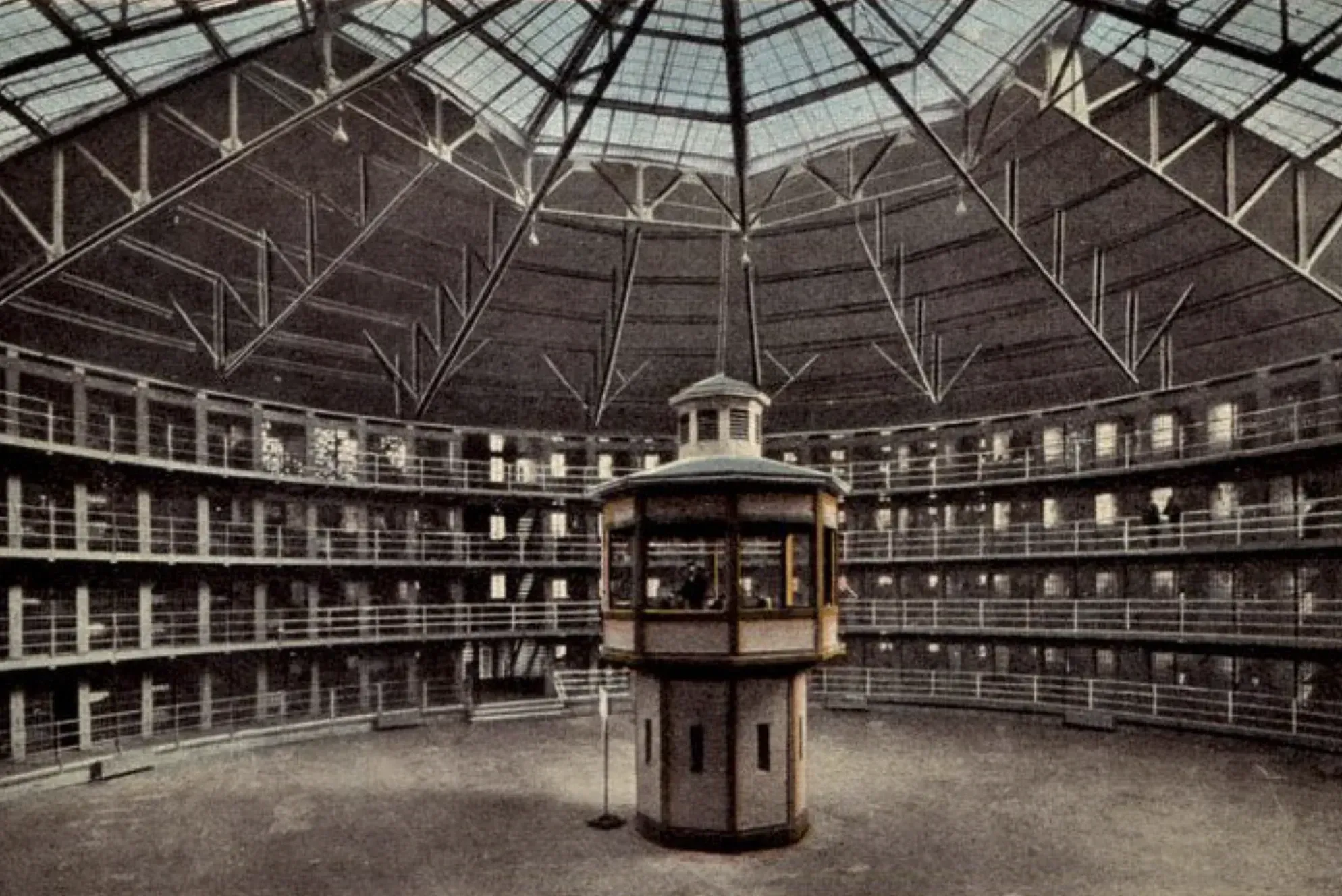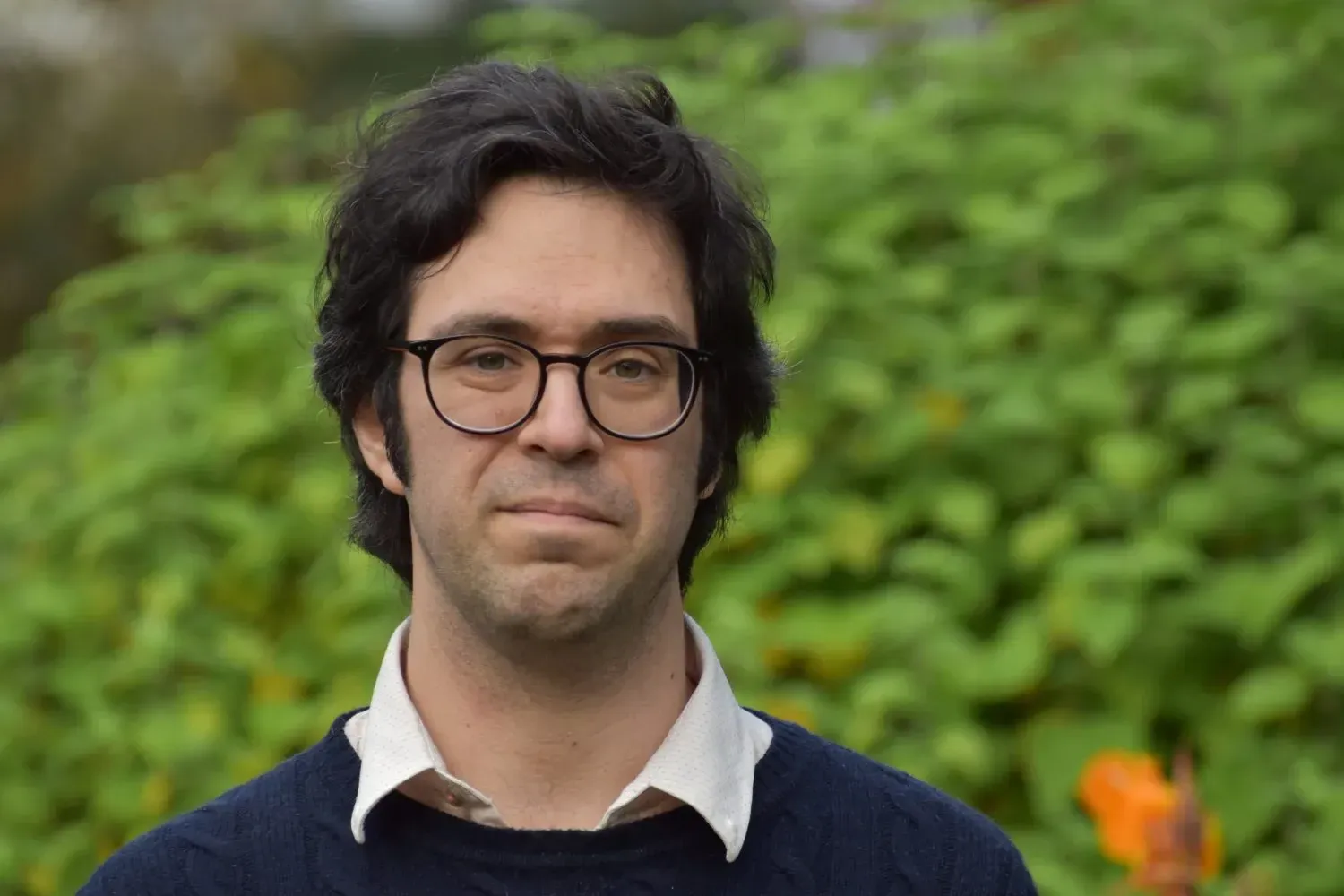Letters to an Emerging Creative: Taming the Ogre of Internet
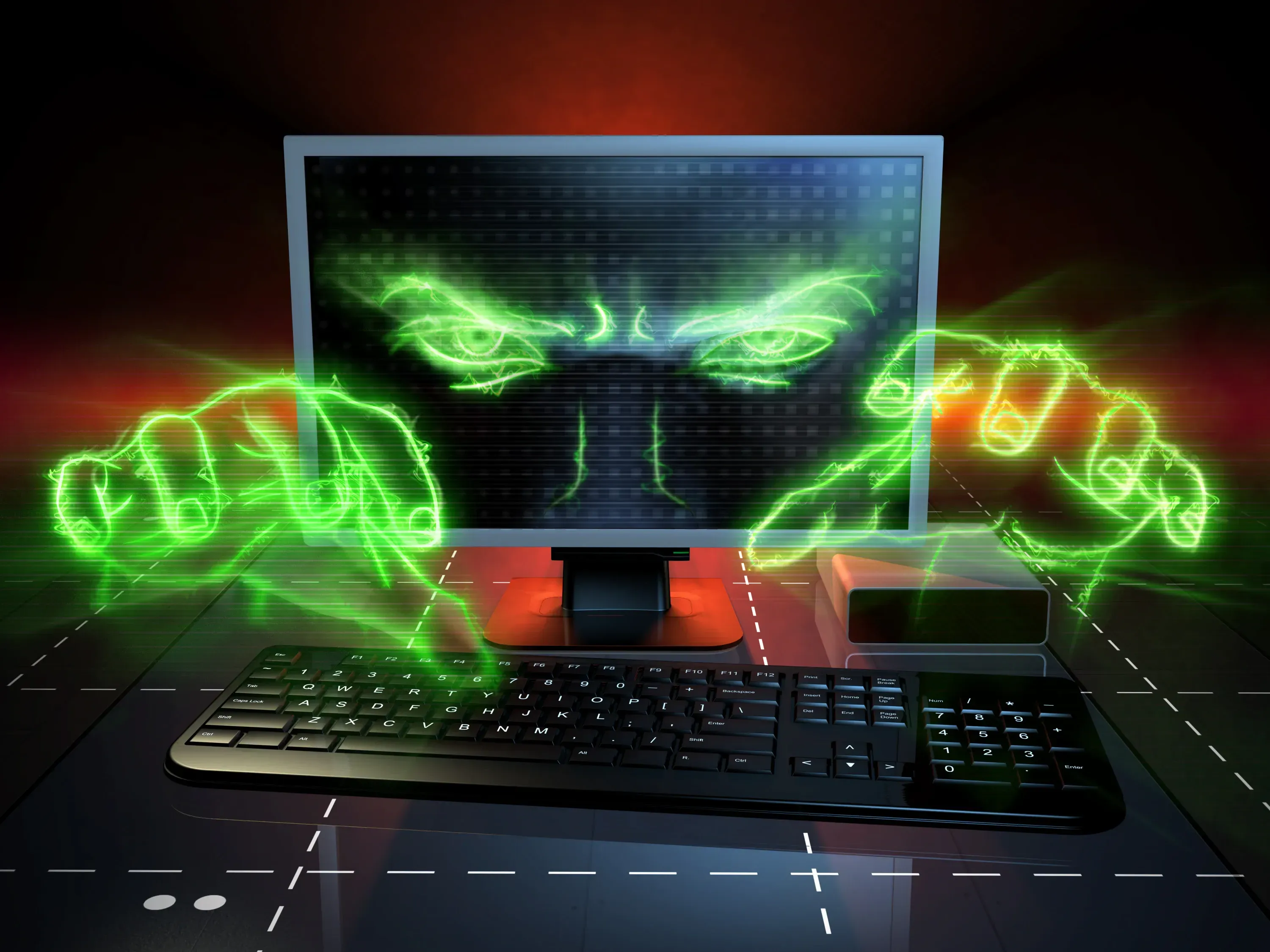
As a decorated arts writer and critic, Andrew Wood has seen and experienced most of what the creative industry has to offer. In his previous open letters to emerging creatives, he detailed everything you need to know about getting started and about getting noticed. This time - it's how a creative should best use the internet to their advantage while avoiding the pitfalls.
Dear Emerging Creative,
As it says on the cover of The Hitchhiker’s Guide to the Galaxy, DON’T PANIC.
I want you to know that you are appreciated, cared for, and seen. But we need you seen more widely, and that means engaging with your social media.
Last time I talked a little bit about the importance of building a profile, and now it’s time to expand on that.
The twenty-first century cultural landscape is very much like the state of social media – hectic, exciting, terrifying, fickle, rewarding beyond the dreams of avarice, and quite capable of destroying your career.
They are mirror images of each other. This isn’t altogether surprising as they both feed into each other. It’s the way we meet new people, consume information and disinformation, put ourselves out in the world, and how the world comes to us.
Audiences crave digital experiences because they/we experience things through a screen. A selfie on a phone is increasingly how we remember things, putting ourselves into a context of space and time.
The replicant Leon in Blade Runner didn’t have any memories of his own and his sense of self consisted of a precious horde of photographs. It’s kind of like that.
That’s why people like to post pictures of themselves in front of artworks rather than just the artwork itself. A postcard isn’t good enough because it doesn’t prove you were there.
For the most part, the usual rules apply. Don’t be racist, sexist, homophobic, or anything else that’s likely to get you cancelled. Engage with your followers. Be nice but protect yourself.
As RuPaul says, “don’t f*** it up”.
The platform
Instagram has become the default online platform for visual arts in the same way Spotify is for music. I can see a feedback loop forming in the way that some artists are beginning to make their work with Insta’s square crop in mind.
American artist Richard Prince produced a whole controversial body of work that basically consisted of blown-up prints of other people’s Instagram posts.
Expression and message have - in many cases - become less important than slickly edited populist sexiness. It certainly sells, but as online media mature, will it last? Other artists have aimed for a kind of pseudo-authentic shock value or meme-ability.
And now, visual artists at least, are not just competing in their own city or country, but with the neighbours in Sydney and Melbourne, with the traditional art centres of Paris, London, Berlin, and New York, and also the emerging scene in Africa, and the more established oligarch-pumped scene-on-steroids of China, Russia, and the UAE.
It’s crazy out there.
I probably don’t have to aim this too much at the writers out there – you are almost certainly aware of the panoply of online venues for writing out there, from fanfic blogs (is Tumblr still a thing ?¯\_(ツ)_/¯?) to whole literary magazines.
I’m going to generalise a little about your Instagram followers here. If someone is following your art on Insta, the chances are very good that they would go to an exhibition of yours if it was in close geographical proximity to them.
They probably consume the majority of their cultural experience following profiles like yours. They are also probably dissatisfied with the level of arts coverage on mainstream media (but who isn’t?).
What this means is that unlike traditional audiences, they haven’t found you because you were written up in a magazine or through some other consciously mediated method. They either found you by accident and liked what you do or were directed to you by the almighty Algorithm.
The Algorithm can, to a certain extent, be gamed with judicious hashtags, but the upshot of all this is that for the first time since the invention of the printing press, there is an audience seeking out creators based on personal interaction rather than received taste transmitted from trusted elites.
That means they are seeking you out because of their personal experience of your work and identify with you in some way (hopefully in a good, non-creepy way).
In basic terms, this means you can grab that audience by engaging directly with their interests and sympathies rather than worrying about whether you can convince a journalist to write about you or whether the critics like you or not.
This parasocial relationship is incredibly powerful stuff. It’s also incredibly volatile.
Parasocial relationships are one-sided, mediated situations where your audience extends emotional energy, interest and time, and the other party - your media persona - is usually completely unaware of their existence.
Sometimes that can evolve into stalker behaviour so always practice internet safety.
Yes, social media like Instagram and the others can rule them all like the One Ring, but a huge audience doesn’t necessarily translate into success in other areas of your practice, nor does it guarantee the permanence of that huge audience.
It’s fickle. Its attention span is short.
It can become more about you as a personality than appreciation for your work. You can very easily lose control of your work (if you had any to begin with, depending on the terms and conditions agreement), and you are a slave to the vicissitudes of said Algorithm.
YouTube is legion with videos by that platform’s precariat, complaining about the Algorithm and YT’s lack of transparency in dealing with them.
The other thing to remember is that social media is not the same place as real life, where cultural institutions that have been around since the nineteenth century (if not earlier) are still pretty much in charge.
Don’t get too cocky.
The virtual panopticon
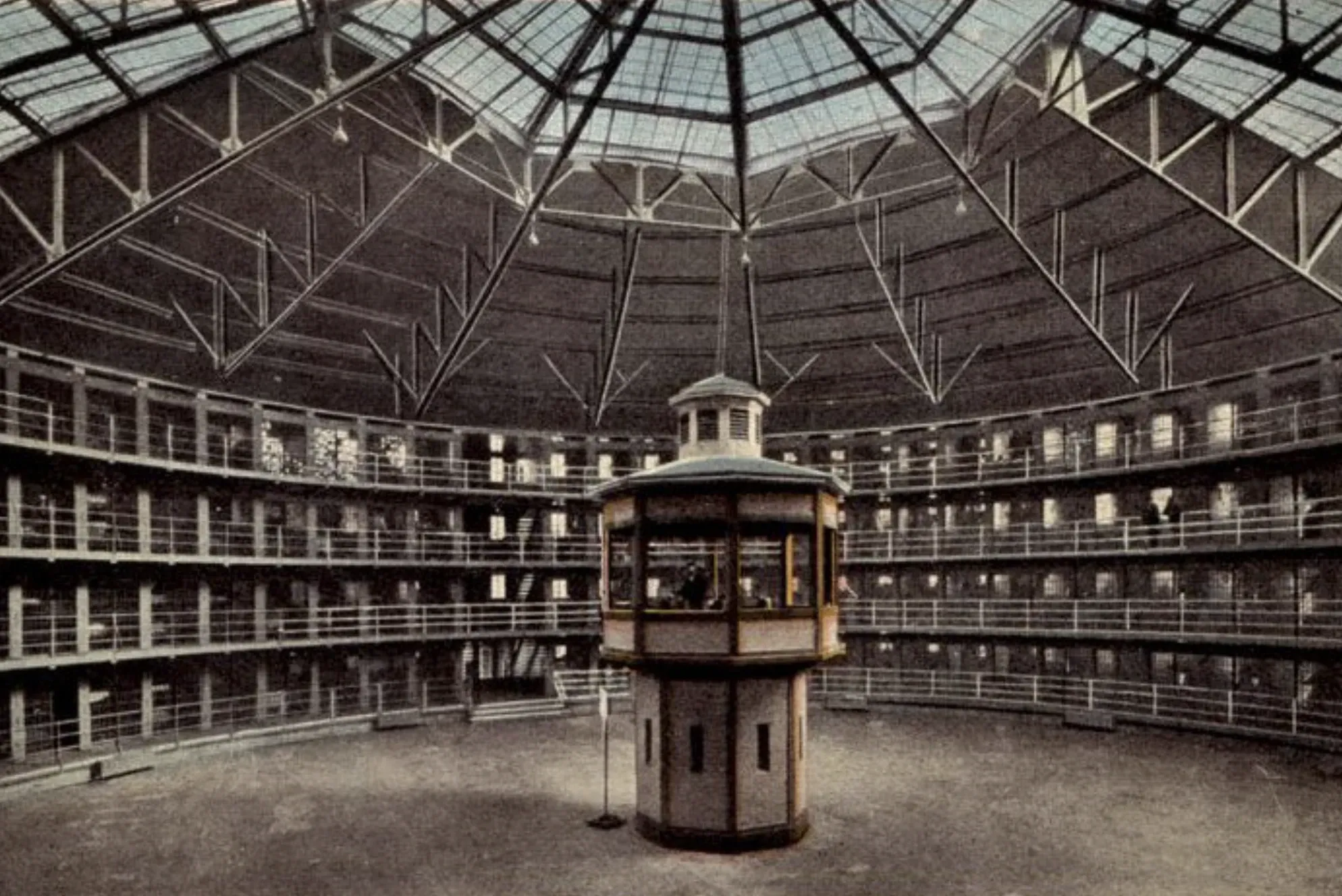
The panopticon - where everything can be seen and controlled.
Although the internet and real-life spheres remain separate, and the dedicated audience of social media influencers is actually only a minority, institutional perception of the power of social media is disproportionately invested.
The influence of the internet on reality is growing, and it has never been this great before. We see it in politics and we see it in the cultural landscape. Since COVID happened, the traditional art institutions are investing heavily in their online presences.
This has an enormous impact on the way visual arts are experienced, although we haven’t quite reached the breakthrough where audiences rate the online experience of art online as highly as seeing it in person.
That said, it is increasingly common for collectors to buy work from dealers having only seen it online.
Canny artists have sniffed the wind and taken to selling their own work online. There will likely be an even greater perceptual shift as Virtual and Augmented Reality technology becomes ubiquitous and less just for gaming and porn.
Foucault’s take on Bentham’s Panopticon, Benjamin’s Arcades Project, and Debord’s Society of the Spectacle (PDF) have all come to pass online.
For writers, the situation is different because the internet has encouraged a culture - largely driven by its accessibility for amateurs, competition among media organisations for advertising revenue, and audiences expecting writing for free.
Online self-publishing is rapidly finding its niche with the infrastructural support of companies like Amazon, but that might not be for you. The trick, I suspect, is to be very niche – look at Chuck Tingle.
Another solution might be going back to the eighteenth-century model of subscription publishing. Stephen King and others tried this route years ago and it didn’t really go anywhere, but now the technology is catching up.
Making social media work for you
For the geographically isolated or socially disconnected, social media can be the great leveller that gets that precious engagement.
Writers have a head start in this, making an art of the restrictions of formats like Twitter (my favourite international art world tweeter is Dorian Batycka), understanding the appeal of intimism, performance and storytelling (something that extends into media like YouTube, Twitch, and Tiktok if you’re not squeamish about Beijing getting your data and metadata).
Instagram and Twitter often suit poets quite well, where textual economy is an asset. New Zealand poet Erik Kennedy has this to say on the subject:
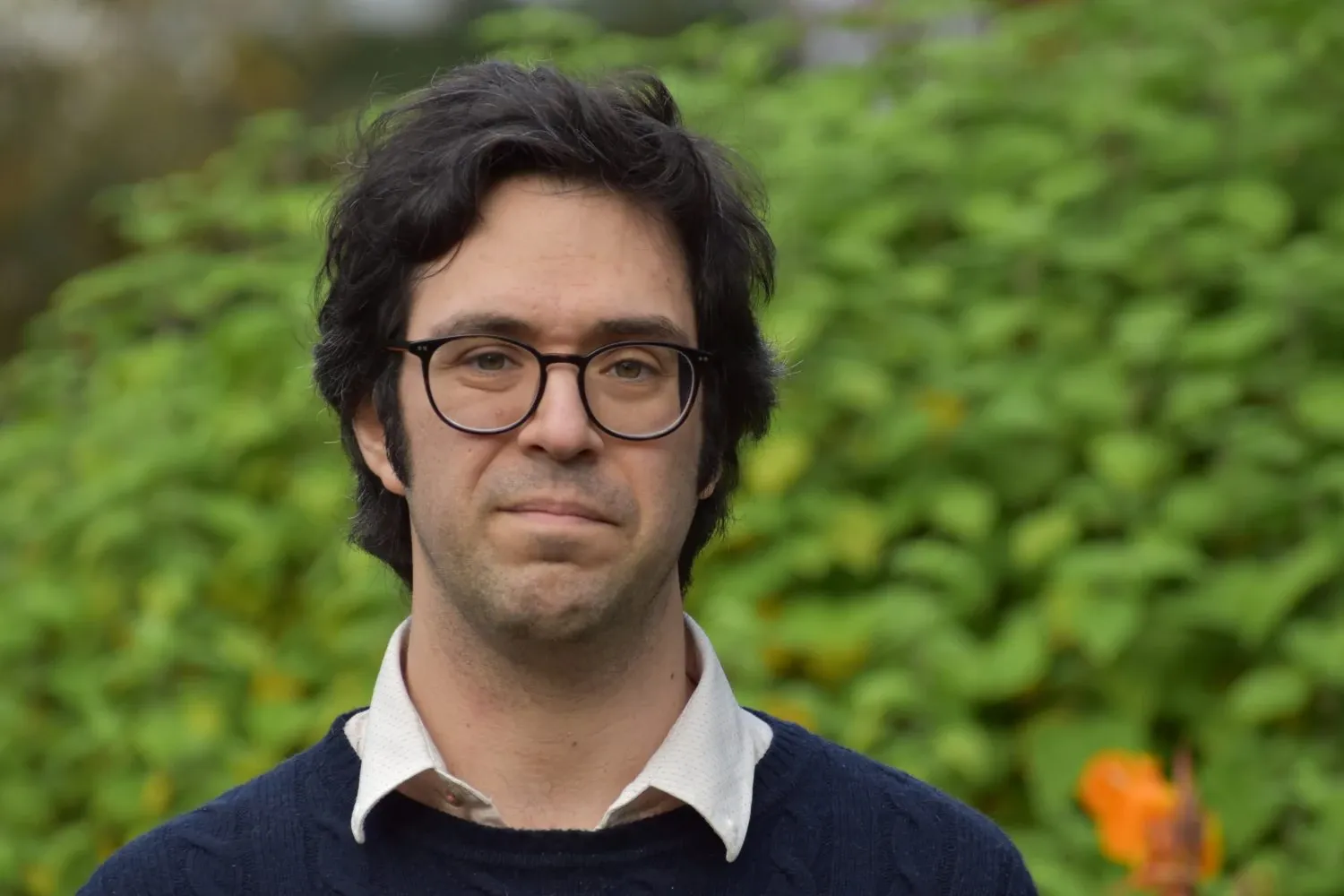
Erik Kennedy.
“When you curate your social media following lists, you’re essentially building an extremely sensitive weird barometer. Memes, crazes, movements, people, artworks, institutions, political parties, ideologies: all of them are discussed and judged by people whose opinions you’re (presumably) interested in.
“Your audience-in-waiting is telling you how they feel, and it’s up to you as an artist to decide what you want to do with that information.
“Twenty years ago, you’d have no way of knowing simultaneously what Fleet Street and Iowa City thought about Sally Rooney supporting BDS. Now you know. Oh man, do you know. If this sounds like a recipe for groupthink, well, it can be. But so was having a circle of acquaintances mostly within your own city or region.
“For me now, my Twitter use especially is more about what I read than what I say. Community participation feels more wholesome and useful than self-promotion or worrying about my platform. Maybe that’s called ‘growing up’ artistically (or maybe it’s called ‘having a lot less time’).”
For the visual artist, it’s slightly more difficult - but learn from the writers. On YouTube, narrated storytelling videos while filming the process of digital artmaking has become a popular genre in its own right.
For most visual artists, however, Instagram is the easiest platform to initiate and maintain a presence on.
If your strength is personal engagement, this might take the form of a vlog or visual journal. This is quite good for building that audience, and allowing dealers, curators, and collectors to get a sense of who you are as a person as well as see your work.
If you are more established and more focussed on sales, it may be better for you to just treat your Instagram as a less thematically curated, less narrative driven extension of the white cube of the gallery.
From there, you want to drive engagement – clicks, comments, reposts, likes – but what a lot of people get wrong is thinking they can be complacent and low energy about it – copypasta across platforms, mass posting, minimal interaction.
Audiences can sense when engagement is inauthentic and it’s a huge turn off.
Like the comments people leave, but more importantly, respond. If that person has taken their valuable time in this competitive attention economy to put together some words because your work touched them, the least you can do is return the favour.
Put a little effort in – more than just an emoji and the equivalent of a monosyllabic grunt.
Audiences appreciate this greatly. The feeling that there is genuine interaction builds loyalty.
Share the work of others. This will bring new eyes to your work, but also benefits your community and that’s a positive thing. The more interaction and interconnection, the higher the quality of the engagement.
I would suggest that you avoid sharing work to be negative about it – awhi other artists and leave the harsher critiques to the critics.
All roads lead to…
Once you’ve captured a social media audience, creatives often fall into the trap of becoming complacent and just leaving things at the level of social media.
That’s not doing anyone any favours when you could be using your social media footprint as a footbridge to higher quality engagement.
The easiest way to do this is to set up a website that you and not a social media company control, to where you can funnel your audience.
You may already have a website or blog, but I can pretty much guarantee it’s not really helping unless you connect it to your social media so that you can send traffic between them.
Your website is the hub which directs people to your other social media, your blog, Twitter, Facebook, Patreon, YouTube, Instagram etc.
Maybe don’t include your OnlyFans, but you do you.
Your website is where you put your CV, your public contact details, representation, the more curated galleries of work, and updates about your exhibitions and book launches.
In the interests optimising search engine algorithms, include relevant searchable terms pertaining to why people might like your work, themes, and interests. Find appropriate hashtags.
Here is also where you put your press clippings and reviews. It’s best to copy the whole text or supply a high-resolution picture of it, rather than just a link. A dangling dead link is incredibly irritating if an online publication folds.
The website is your formal face. It’s where you want to look the most polished and professional. Put your better-quality art-only images here – these should be clickable for high resolution and protected as much as possible against being pirated by unscrupulous picture mills in China.
Your website should also be how your audience can sign up to your mailing list. Social media platforms come and go, but email is forever - the art of the email will have to be a topic for another time.
One thing I will say is that however you gather your audience data, while most countries are fairly relaxed about it and require only the usual privacy precautions, the EU is incredibly anal about the whole topic and so it pays to be aware of GPDR compliance as the standard.
I really recommend having a separate blog or vlog that you update frequently so that people can feel a more in-depth sense of engagement with who you are as a creative.
This can be a little more casual than what you put on the website. Be security conscious though, don’t give away personal information that could be used for criminal purposes.
The art blog as a format is, contrary to popular opinion, is far from dead. One of my favourites is that of Australian artist Natalie Thomas.
Don’t be a dick with your social media. Those of you who remember the Mercy Pictures fiasco will know what I mean.
And, for the love of all things holy, keep your personal social media separate from your professional social media, though it’s obviously too late for some of us.
Until next time my lovelies,
Ngā mihi nui
APW XOXO
